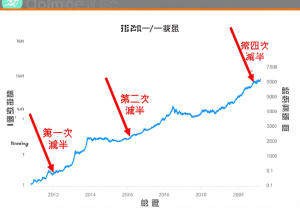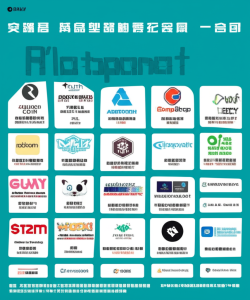
Understanding the Cryptocurrency Landscape in 2025
The Evolution of Cryptocurrency
Cryptocurrency has come a long way since the inception of Bitcoin in 2009. Today, in 2025, the landscape is more diverse and complex than ever. From meme coins to institutional investments, the world of cryptocurrency is a dynamic and ever-changing ecosystem. This report aims to provide a comprehensive overview of the current state of cryptocurrency, its challenges, and its future prospects.
The Current State of Cryptocurrency
Market Dynamics
The cryptocurrency market is currently undergoing a significant de-foam process. According to a report by CoinGecko, the survival rate of new token projects from 2021 to 2025 is less than 48%. This means that out of the numerous projects that emerged during this period, nearly half have failed to sustain themselves. This high failure rate can be attributed to several factors, including lack of innovation, poor market strategies, and regulatory challenges[2].
Institutional Involvement
Institutional investors are increasingly showing interest in cryptocurrency. For instance, BlackRock’s IBIT bought $2.5 billion worth of Bitcoin last week. This move signifies a growing acceptance of cryptocurrency as a legitimate asset class. Institutional involvement brings stability and liquidity to the market, but it also raises concerns about market manipulation and concentration of power[6].
Meme Coins and Retail Investors
Meme coins like Baby Doge Coin continue to capture the imagination of retail investors. Launched in June 2021 on the Binance Smart Chain, Baby Doge Coin is a meme-based cryptocurrency inspired by Dogecoin. These coins often lack fundamental value but gain popularity through social media hype and community support. While they can offer significant returns, they are also highly volatile and risky[3].
Challenges in the Cryptocurrency Landscape
Regulatory Hurdles
One of the biggest challenges facing the cryptocurrency industry is regulatory uncertainty. Governments around the world are grappling with how to regulate this new asset class. Some countries have embraced cryptocurrency, while others have imposed strict regulations or outright bans. This lack of a unified regulatory framework creates an uncertain environment for investors and developers alike.
Market Manipulation
Market manipulation is another significant issue in the cryptocurrency world. The Financial Times recently reported that a small group of traders earned a $99.6 million windfall by buying Melania Trump’s cryptocurrency token just before it was made public. Such incidents highlight the need for greater transparency and oversight in the market[5].
Environmental Concerns
The environmental impact of cryptocurrency mining is a growing concern. The energy-intensive process of mining cryptocurrencies like Bitcoin has raised questions about their sustainability. As the world moves towards greener technologies, the cryptocurrency industry will need to address these environmental challenges to gain wider acceptance.
The Future of Cryptocurrency
Technological Innovations
The future of cryptocurrency lies in technological innovation. Blockchain technology, the backbone of cryptocurrency, has the potential to revolutionize various industries, from finance to supply chain management. As the technology evolves, we can expect to see more efficient, secure, and scalable cryptocurrency systems.
Institutional Adoption
Institutional adoption is likely to continue growing. As more traditional financial institutions enter the cryptocurrency market, we can expect to see increased liquidity, stability, and acceptance of cryptocurrency as a legitimate asset class. This will also bring greater regulatory scrutiny, which could help address some of the current challenges in the market.
Retail Investor Education
Educating retail investors is crucial for the sustainable growth of the cryptocurrency market. Platforms like @coin_gabbar_ offer live prices, market analysis, educational resources, and tools to help users navigate the cryptocurrency landscape effectively. As more investors become informed, the market will become more resilient and less prone to speculative bubbles[1].
Conclusion: Navigating the Cryptocurrency Landscape
The cryptocurrency landscape in 2025 is a complex and dynamic ecosystem. From the high failure rate of new token projects to the growing involvement of institutional investors, the market is evolving rapidly. While challenges such as regulatory uncertainty, market manipulation, and environmental concerns persist, the future holds promise with technological innovations and increased institutional adoption.
As we move forward, it is essential to strike a balance between innovation and regulation, ensuring that the cryptocurrency market remains dynamic and inclusive. Educating investors and promoting transparency will be key to building a sustainable and resilient cryptocurrency ecosystem. The journey of cryptocurrency is far from over, and the next few years will be crucial in shaping its future.







